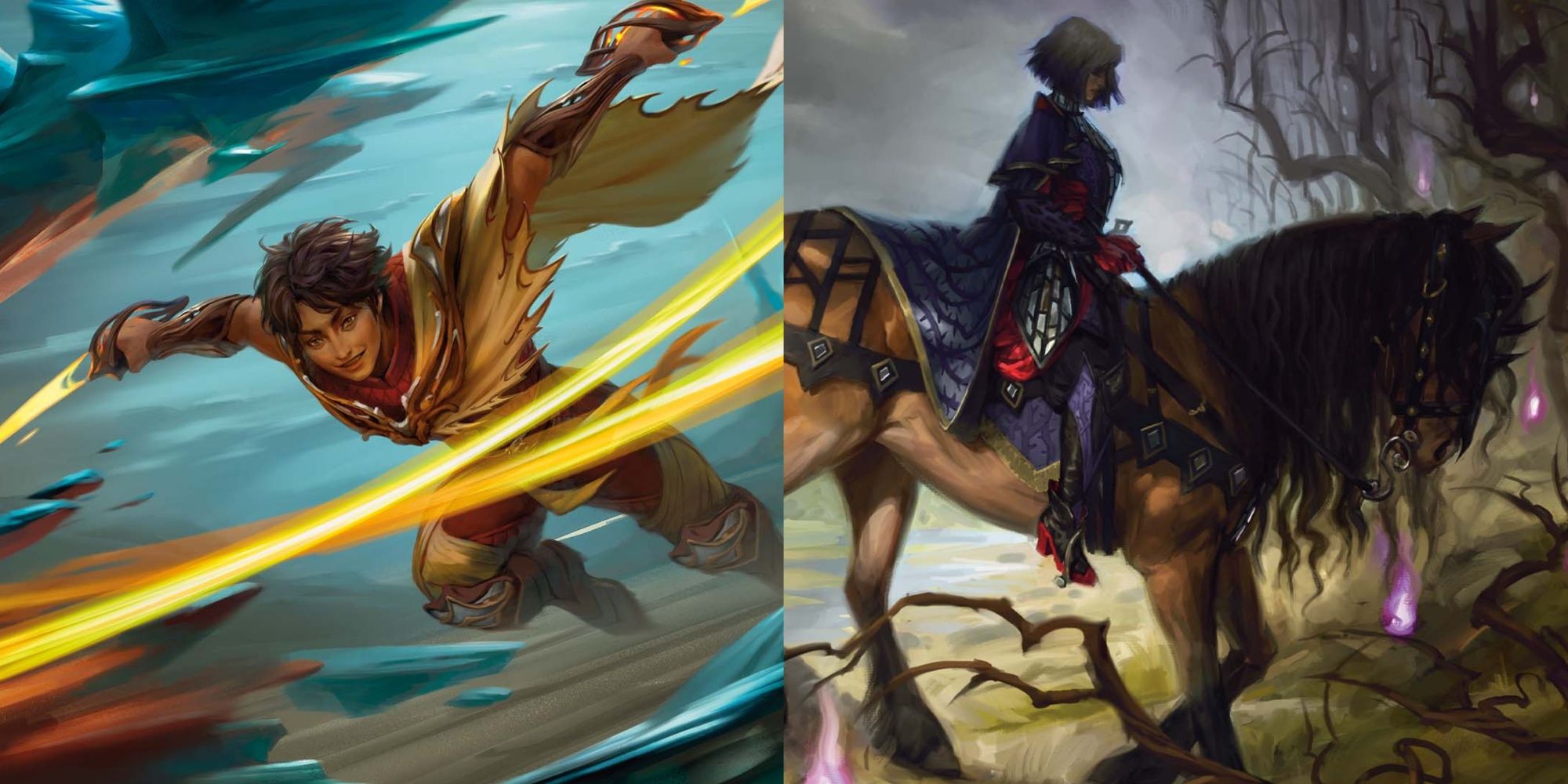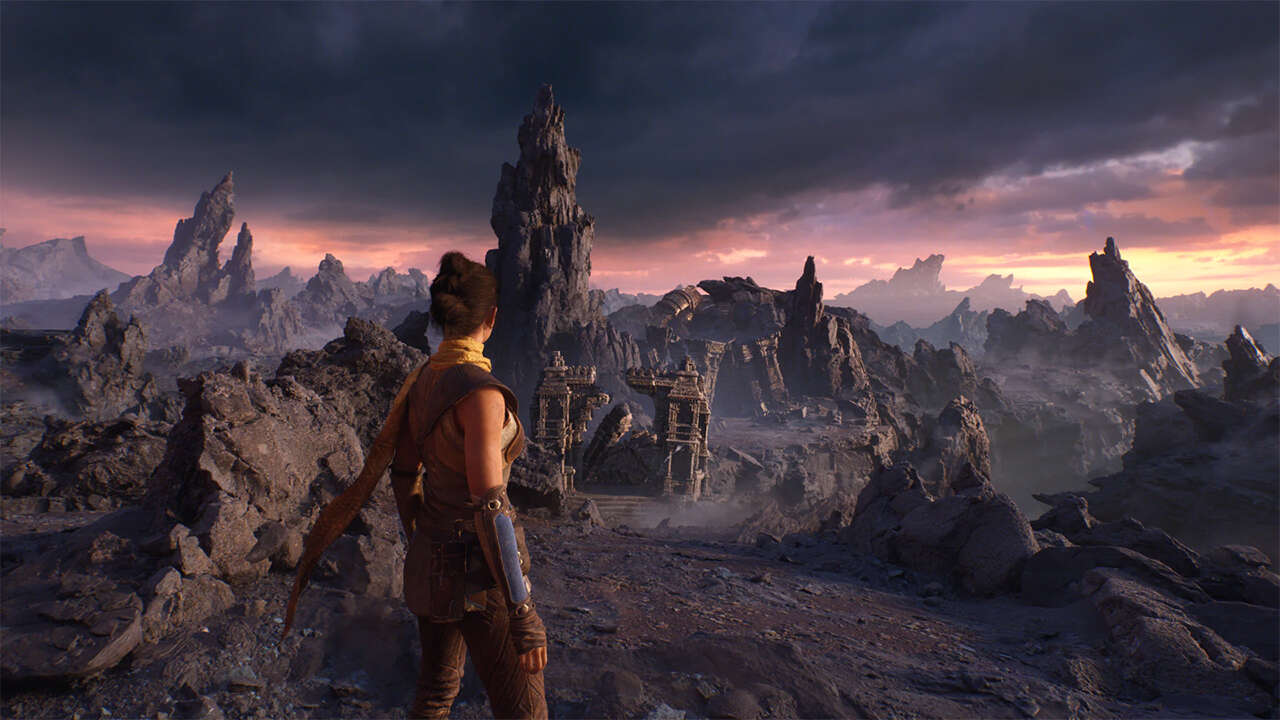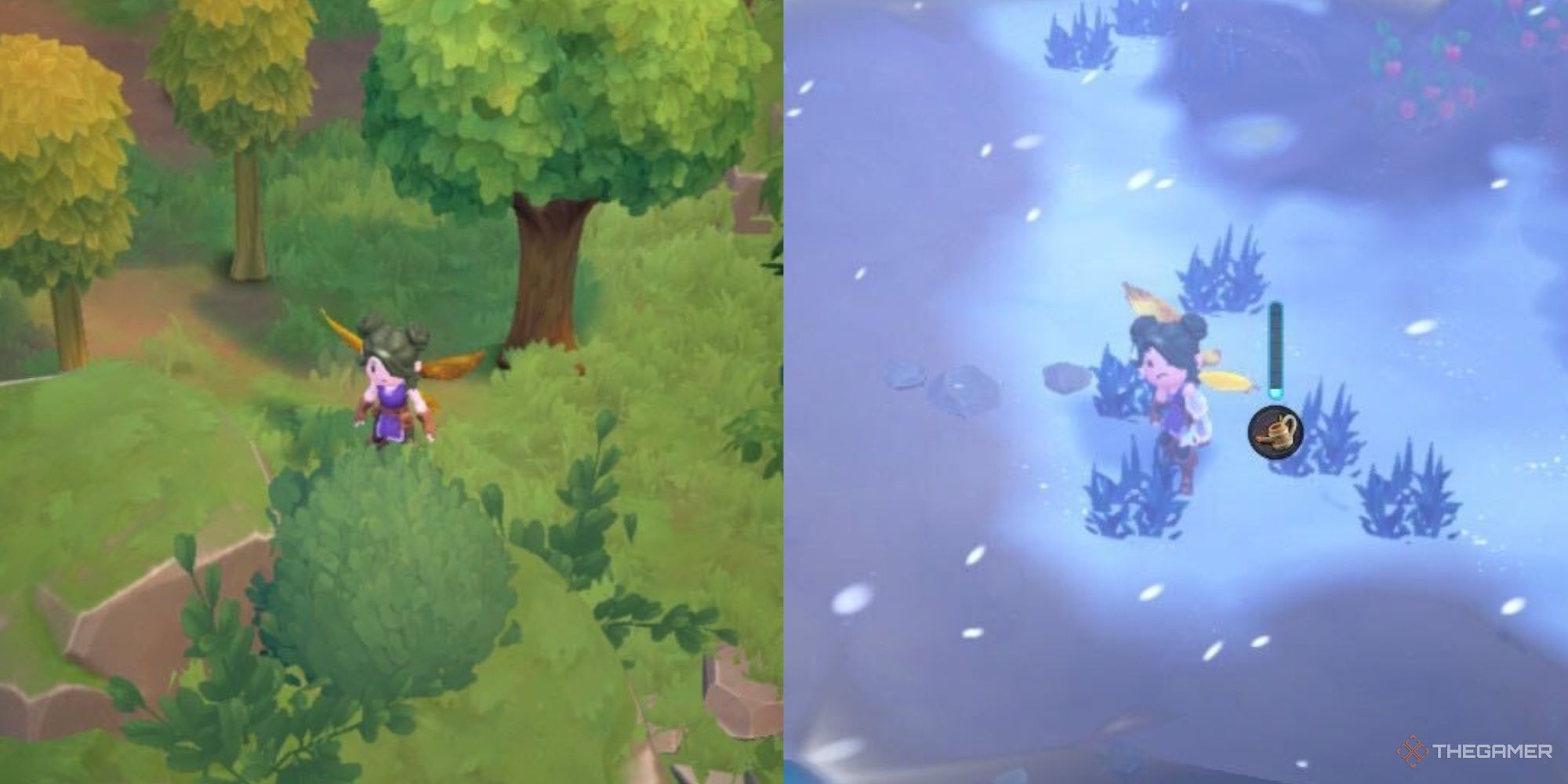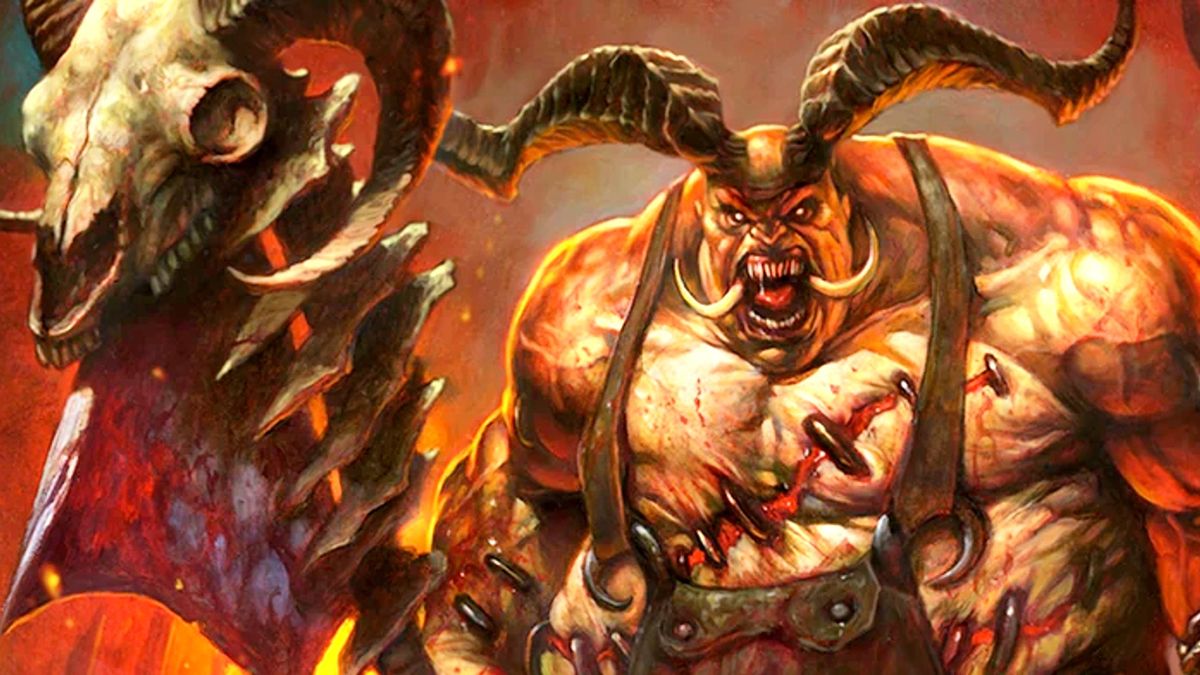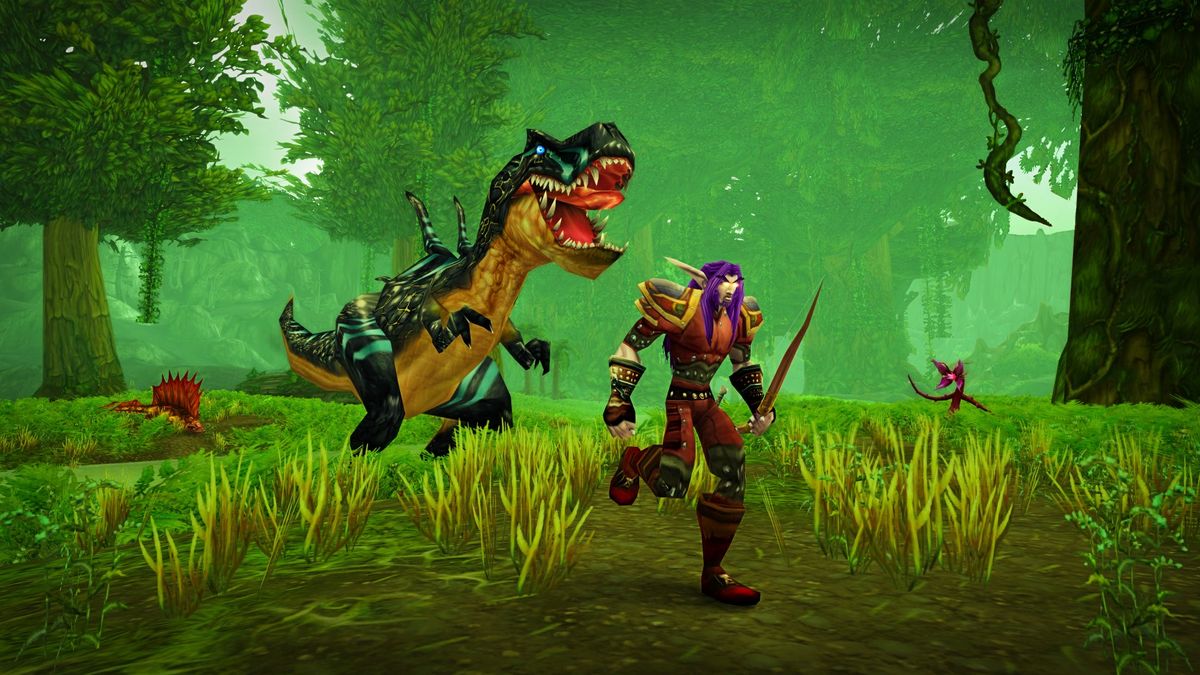Celebrating Spyro the Dragon’s 25th anniversary, we recall the reasons behind the fiery success of this purple platformer.
Celebrating Spyro the Dragon's 25th anniversary, we recall the reasons behind the fiery success of this purple platformer.
The Purple Dragon that Set the Gaming World Ablaze
So, let’s talk about the era when gaming was on fire! Not literally, of course, but when 3D graphics burst onto the scene, they ignited a gaming revolution. We all know Spyro the Dragon, the fiery character who helped keep that revolution ablaze. But do you know the fascinating story behind his creation? Let’s dive into the vibrant history of the purple dragon and the game that made him an iconic PlayStation mascot.
Picture this: it’s the mid-90s, and 3D graphics are the hot topic of every gaming conversation. Super Mario 64 and Crash Bandicoot have already popularized the concept of 3D platformers. Enter Spyro, a game that took the genre to new heights, quite literally. With the ability to fly, Spyro added a whole extra layer of excitement to the 3D platformer experience. Just think of Mario’s winged cap in Super Mario 64 and how thrilling those moments of three-dimensional freedom felt. Well, Spyro had that freedom permanently, and it was designed with flight in mind.
But here’s a fun fact: the initial design of the game was completely different. Can you believe that Spyro was almost named Pete? I know, right? Pete the Dragon doesn’t quite have the same ring to it. Luckily, someone had the brilliant idea to change it to Spyro. And thank goodness they did! That change, along with adopting a more colorful, Disney-like tone, transformed Spyro into the beloved character we know today.
Now, let’s talk about the technical wizardry that made Spyro’s world come to life. The genius behind the game’s visuals was Charles Zembillas, who had previously worked on Crash Bandicoot. Charles designed the look of Spyro and his friends, capturing that enchanting cartoony vibe. And Kirsten Van Schreven took charge of creating the different worlds in a way that broke free from the typical platformer tropes. Forget your usual snow, desert, or jungle stages. Spyro opted for a more mystical and unique approach, setting itself apart from the crowd.
But wait, there’s more! Spyro dared to defy the traditional stage-by-stage platforming gameplay found in most games of that era. Instead, it took inspiration from Super Mario 64’s level of choice. But instead of leaping into pictures, Spyro traveled through warp-gates, seamlessly transitioning between stages without loading screens. Talk about openness and innovation! Insomniac Games, the developer behind Spyro, certainly didn’t take the easy way out. They were determined to prove themselves after their previous game, Disruptor, proved their technical skills but failed to gain much commercial success.
- GTA Online marks GTA 5’s 10th anniversary soon.
- Fortnite’s chief architect, Donald Mustard, to retire from Ep...
- PS5’s processing power can’t conquer Baldur’s Gat...
And boy, did Spyro succeed! When it was released in 1998, the game received immediate praise, securing a top-tier position in the sales chart and earning a well-deserved spot in the gaming mascots hall of fame. Almost 5 million copies of Spyro The Dragon were sold during the lifespan of the PlayStation, cementing the purple dragon’s place in gaming history. Few mascots have had the lasting appeal and charm of Spyro.
While Insomniac Games has since moved on from the Spyro series, the demand for their return never quite faded away. And now, with Spyro’s revitalized new look and recent releases, fans may just get to see the legendary developer back in the driver’s seat of the franchise.
So, let’s keep the fire of Spyro’s legacy burning bright and say thank you to the purple dragon who stole our hearts and set the gaming world ablaze!
Subscribe to Retro Gamer [Image Credit: Future]


